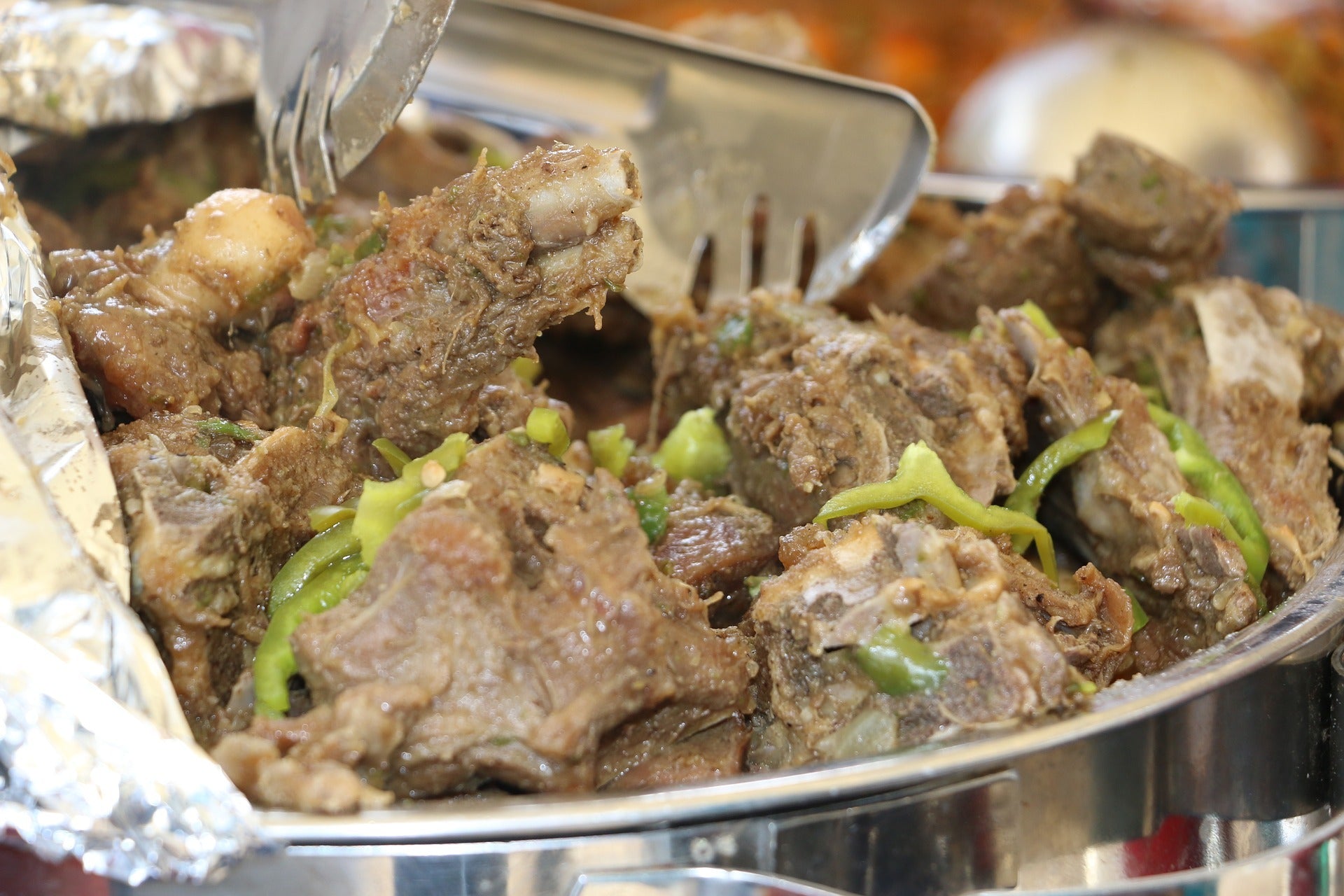
I have been really happy with your products and your service is above and beyond what people would expect. The chicken breast are perfect. It's not easy to cook chicken breast without drying it out. I also love the flavor and tenderness of it. I often will cut off a piece and eat it by itself. It's that good!
Boxed Halal has become our go-to for all our meat needs! We’re on their monthly subscription, and the process is super simple and straightforward. The meat always arrives at our doorstep in Frisco, Texas just a couple of days after it’s shipped. Excellent service — highly recommended!
The goat was very needy juicy delicious they were just as good if I went to the meat market and had the goat cut off the bone.

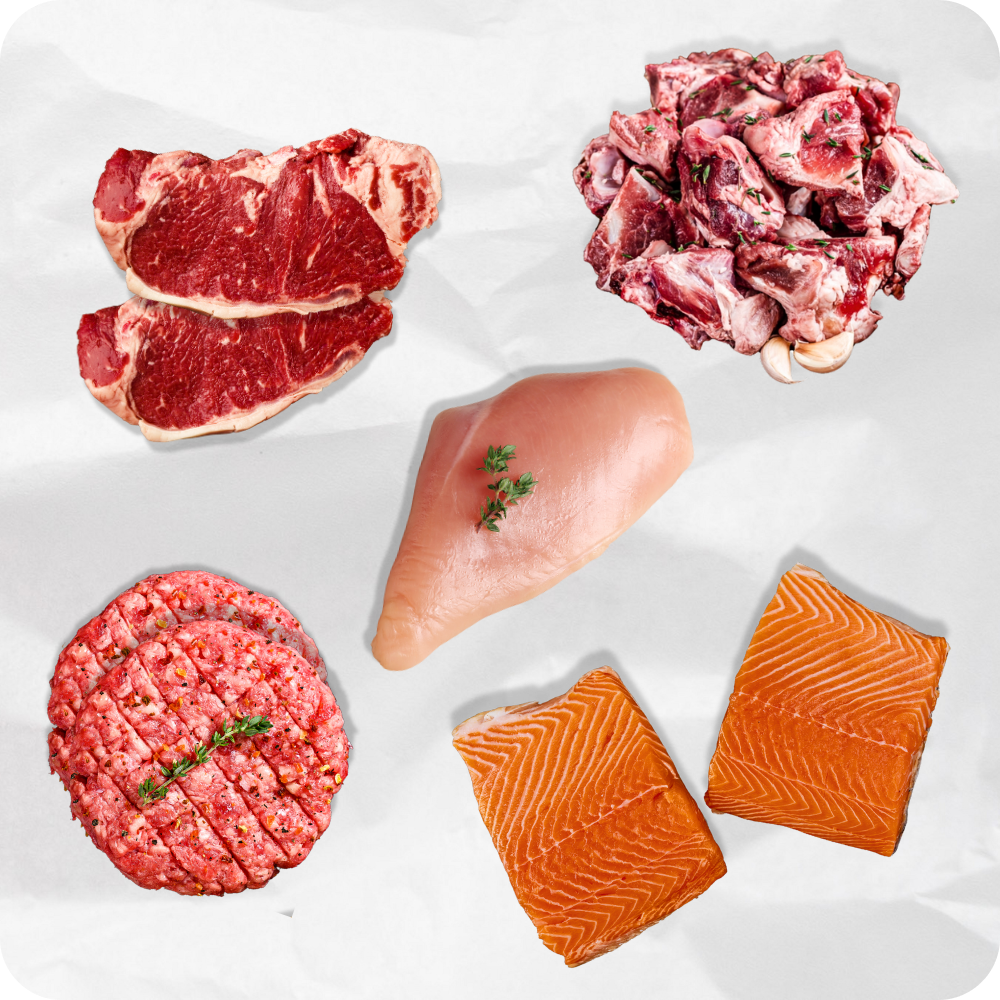
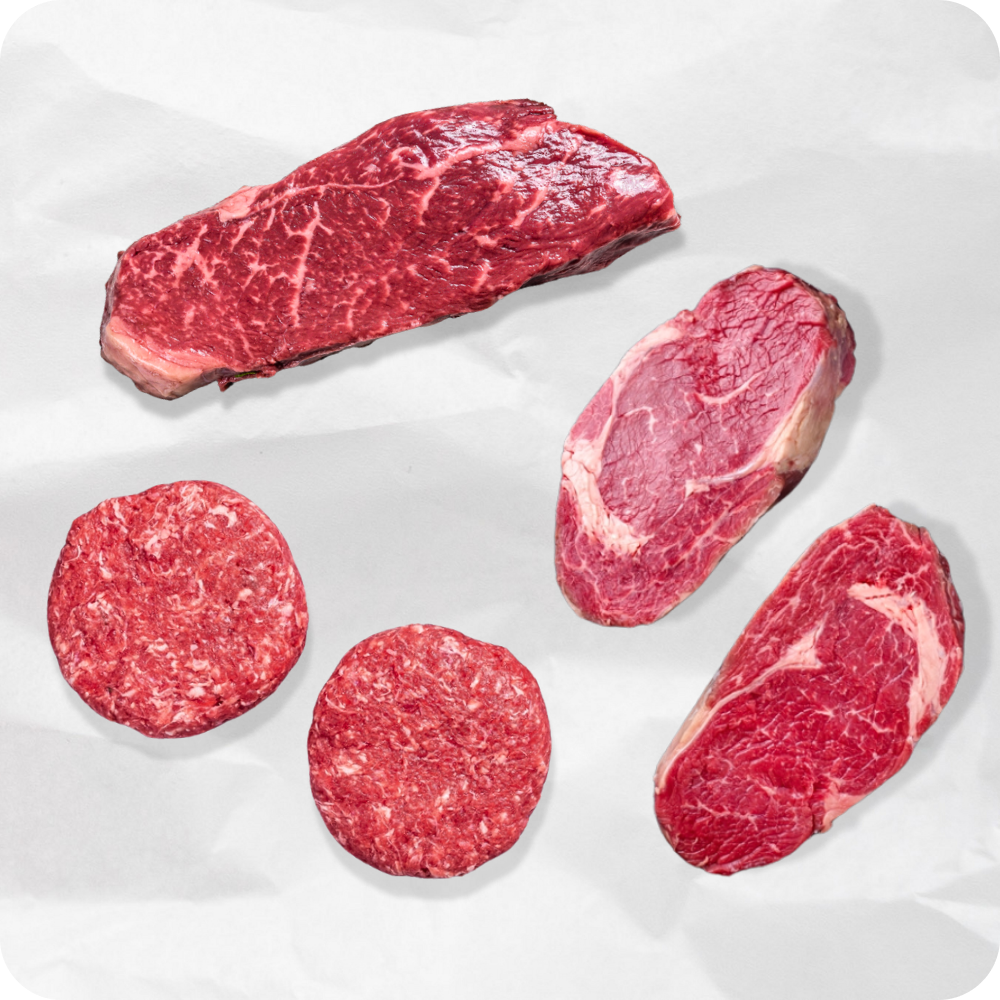
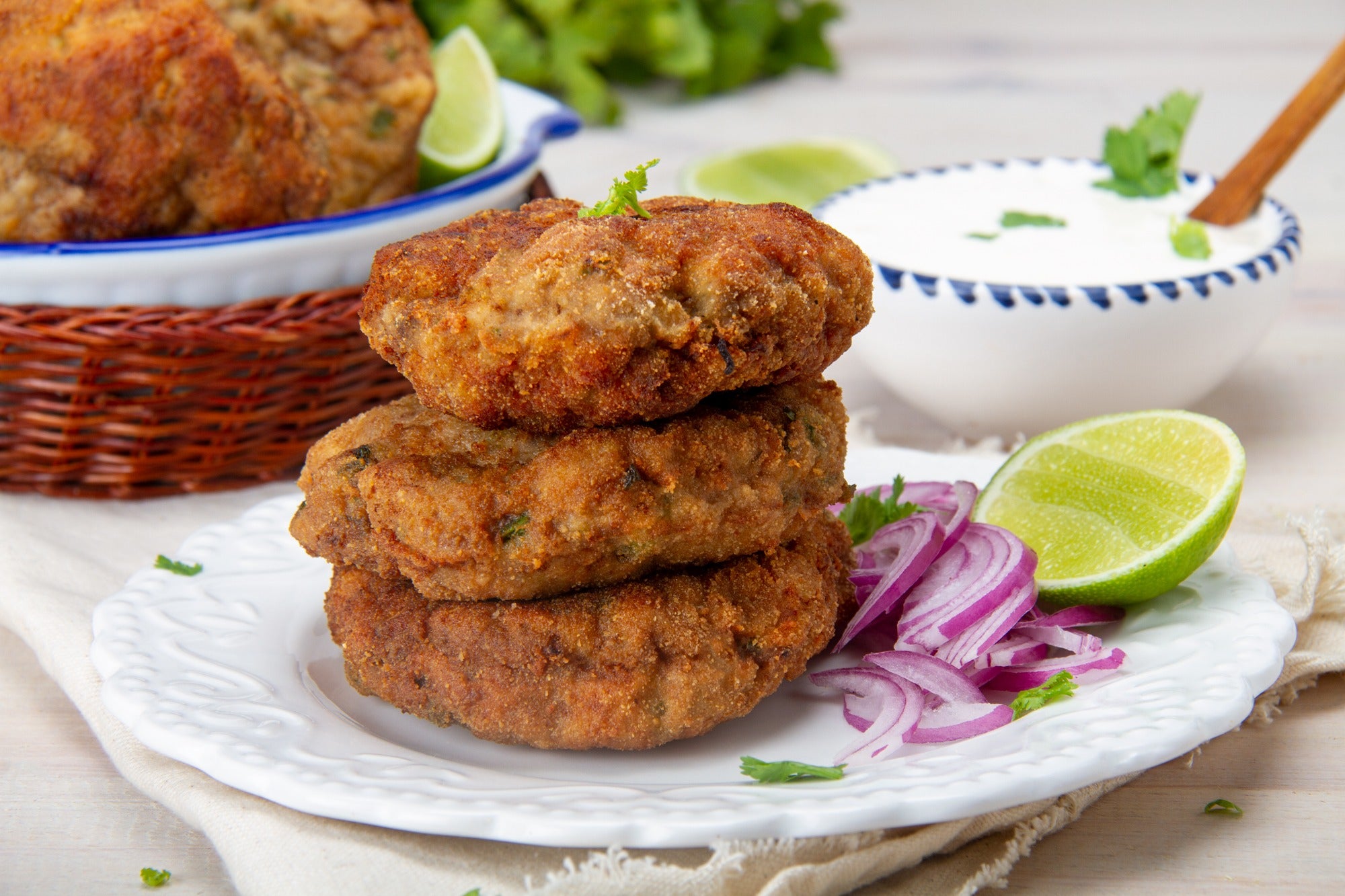
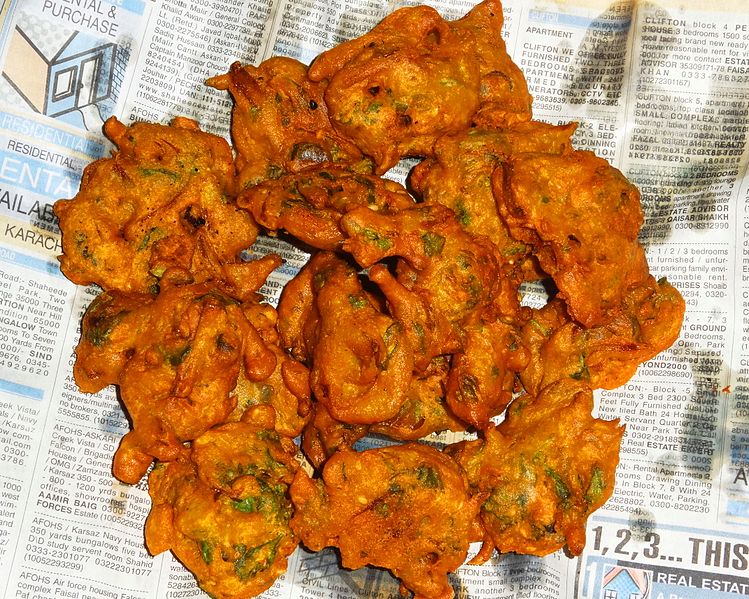

Leave a comment
This site is protected by hCaptcha and the hCaptcha Privacy Policy and Terms of Service apply.